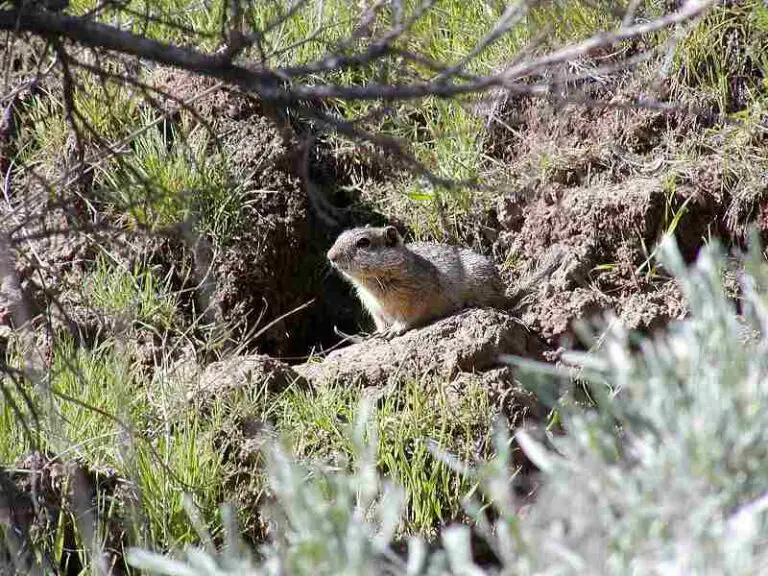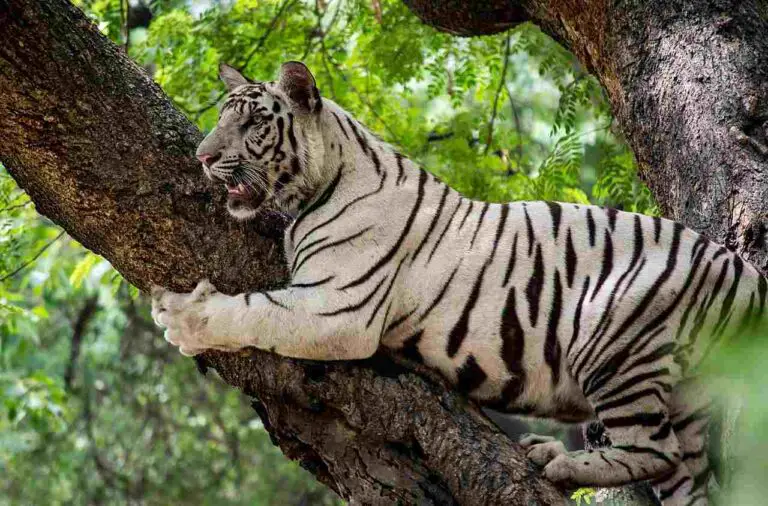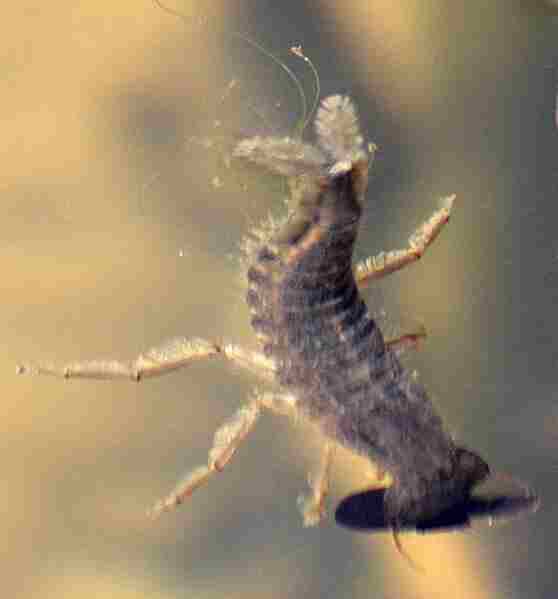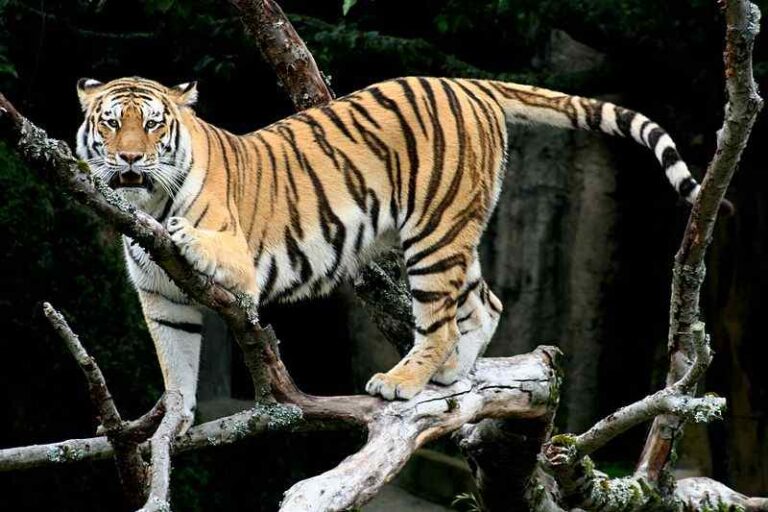5 Prairie Examples Explained
Prairie examples are; Great Plains of North America, Tallgrass Prairie Preserve of Oklahoma, Bad Lands of South Dakota, Canadian Prairies and Great Hungarian Plain.
While it is difficult to determine exactly how many prairies there are in the world, these examples represent prominent prairie ecosystems whose characteristics can be evaluated and used as a reference point for understanding the prairie biome.
This article discusses prairie examples, as follows;
1). Great Plains, North America (as one of the Prairie Examples)
The Great Plains is a famous prairie ecosystem that spreads across national borders in North America, and occur mainly in Canada and the United States [8].
Topographic condition of the Great Plains are mostly flat, so that in most areas it occurs as a vast expanse of table, grassland with very few trees.
Some sections of the Great Plains prairie are susceptible to desertification, though climatic conditions are generally moderate.
Tallgrass is a common type of vegetation in the Great Plains. It enables animals to camouflage effectively for their survival.
The Great Plains has been the subject of some reforestation (or rather; re-vegetation), soil conservation and agroforestry projects to preserve natural resources and habitats in this ecosystem [3].

2). Tallgrass Prairie Preserve, Oklahoma
Joseph H. Williams Tallgrass Prairie Preserve is a large expanse of prairie ecosystem in Osage County, Oklahoma.
It is regarded as the largest grassland reserve on Earth [2].
The Tallgrass Prairie Preserve was established in 1989 and is governed by The Nature Conservancy.
It spans approximately 45,000 acres of land and exemplifies dynamic prairie food chains and food webs with significant biodiversity.
Several thousands of visitors arrive at the Tallgrass Prairie Preserve each year, so that it is an economically active tourist attraction and recreational location.
3). Bad Lands, South Dakota (as one of the Prairie Examples)
Badlands prairie is a mixed grassland ecosystem with distinctive biodiversity and physicochemical conditions [1].
It is located in Badlands National Park, in southwest Dakota, United States, and gets its name ‘Badlands’ from having a particularly rugged, rocky and dry terrain with generally harsh environmental conditions.
It is important to note that prairie ecosystems like the Badlands and Tallgrass Prairie Preserve, lie mostly within the geographic territory of the Great Plains, but have been distinguished as separate prairie ecosystems due to a combination of natural and anthropogenic modifying factors.
4). Canadian Prairies
The grasslands in Canada are known collectively as the Canadian Prairies.
Geographic areas which are considered the Canadian Prairies include Manitoba, Alberta, and Saskatchewan [5].
In addition to containing vast expanses of grass-dominated land, the Canadian Prairies also contain other geographic features and zones like lakes, hills and mountains.
Energy resources like natural gas and petroleum occur in the Canadian Prairies [6], making it an economically viable region.
Climatic conditions are mainly semiarid, and vegetation type ranges from tall-grass to mixed-grass and shrubland vegetations.
Most of the Canadian Prairie area also falls within the geographic span of the Great Plains, although there are some sections that arguably lie outside this area.
5). Great Hungarian Plain (as one of the Prairie Examples)
The Great Hungarian Plain is a vast grassland area that occupies a significant portion of the geographic span of Hungary, as well as a significant role in the developmental history of the country and its surroundings [7].
Characteristics of the area include; very fertile soil and multiple water tributaries in some sections, making it ideal for sustainable agricultural practices like rotational grazing and biodynamic crop farming.
The Great Hungarian Plain extends beyond the boundaries of Hungary, into Serbia, Romania and Croatia.
In addition to its vastness, the area is also very diverse, and includes desertification-prone sections with extreme dry climate, and various types of vegetation.
Due to its location in the Central European region, the biome that occurs in the Great Hungarian Plain is often referred to as steppe; which differs from prairie by containing generally-shorter grasses. However, there are major sections of the landscape that can be classified as prairie.

Conclusion
Prairie examples are;
1. Great Plains, North America
2. Tallgrass Prairie Preserve, Oklahoma
3. Bad Lands, South Dakota
4. Canadian Prairies
5. Great Hungarian Plain
References
1). Ashton, I. W.; Davis, C. J. (2016). “Plant community composition and structure monitoring for Badlands National Park: 2011-2015 summary report.” Available at: https://www.researchgate.net/publication/304998565_Plant_community_composition_and_structure_monitoring_for_Badlands_National_Park_2011-2015_summary_report. (Accessed 10 December 2022).
2). Borkowsky, C. (2020). “VENTURING THROUGH THE TALL GRASS: EXPERIENCING THE MANITOBA TALL GRASS PRAIRIE PRESERVE.” North American Prairie Conference. Available at: https://www.researchgate.net/publication/339212379_VENTURING_THROUGH_THE_TALL_GRASS_EXPERIENCING_THE_MANITOBA_TALL_GRASS_PRAIRIE_PRESERVE. (Accessed 10 December 2022).
3). Bratton, G. F.; Schaefer, P. R.; Brandle, J. R. (1995). “Conservation Forestry for Sustainable Great Plains Ecosystems.” Conservation of Great Plains Ecosystems: Current Science, Future Options (pp.211-227). Available at: https://doi.org/10.1007/978-94-011-0439-5_15. (Accessed 10 December 2022).
4). Elkin, K. A.; Hamilton, B. (2016). “Biological and Water Quality at Tallgrass Prairie Biological and Water Quality Monitoring at Tallgrass Prairie Preserve in Oklahoma.” Proceedings of the National Academy of Sciences 96(2016):1-8. Available at: https://ojs.library.okstate.edu/osu/index.php/OAS/article/view/7194. (Accessed 10 December 2022).
5). Fadellin, N.; Broadway, M. J. (2006). “Canada’s Prairies: From Breadbasket to Feed Bunker and Hog Trough.” Geography (Sheffield, England) 91(1):84-88. Available at: https://doi.org/10.1080/00167487.2006.12094152. (Accessed 10 December 2022).
6). Olive, A. (2018). “Full article: Oil development in the grasslands: Saskatchewan’s Bakken formation and species at risk protection.” Cogent Environmental Science Volume 4, 2018 – Issue 1. Available at: https://www.tandfonline.com/doi/full/10.1080/23311843.2018.1443666. (Accessed 10 December 2022).
7). Petrovski, J.; Mészáros, J. (2010). “The Great Hungarian Plain in the sheets of the Habsburg military surveys and some historical maps — A case study of the Körös/Criş Drainage Basin.” Acta Geodaetica et Geophysica Hungarica 45(1):56-63. Available at: 10.1556/AGeod.45.2010.1.9. (Accessed 10 December 2022).
8). Samson, F. B.; Knopf, F. L.; Ostlie, W. R. (2004). “Great Plains Ecosystems: Past, Present, and Future.” Wildlife Society Bulletin 32(1):6-15. Availble at: https://doi.org/10.2307/3784538. (Accessed 10 December 2022).




